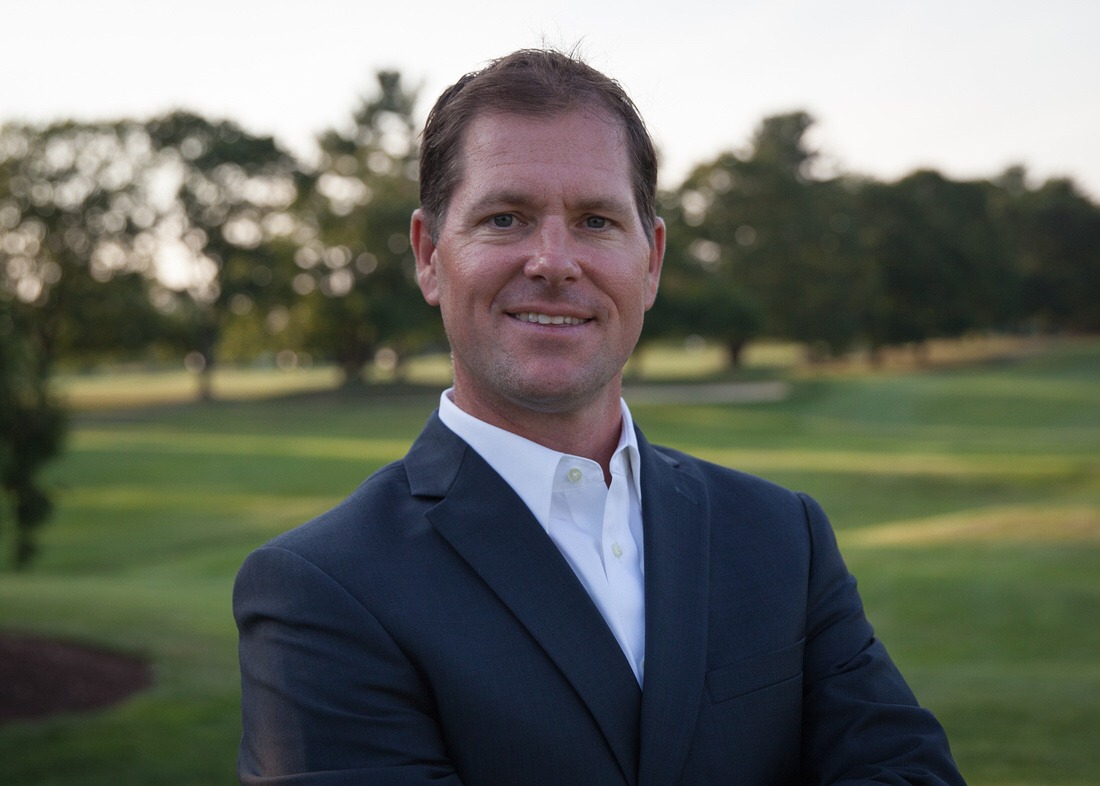Get Motivated: Growing Women’s Golf
Lyman Orchards Golf Club in Middlefield, Connecticut, has what seems to be an ideal training facility for player development, with a driving range, covered practice bays, a putting green, a short game area and a 9-hole executive course in addition to its two 18-hole championship layouts.
But it’s Marissa Crow, an LPGA Class A Professional, who has turned Lyman Orchards’ Golf Fore Women programs into a success. Over the past three years, Crow’s clinics have had 939 participants and 54% of them went on to take a second class.
“We have 5-week classes and we keep it simple,” said Crow, who has been teaching since 2000, including full-time the past six years after stints as a head pro and general manager at other facilities.
“The Golf for Women 101 is our most successful program. We rope them in and get women feeling comfortable. That’s the biggest obstacle we find – that they’re not comfortable, they’re intimidated. So we want to give them a great experience that first class. We actually don’t even hit golf balls in the first class. A lot of people are surprised to hear that. We do introductions. We take a tour of the facility because they’re so much going on and we’re educating them on what we have to offer. The second class is about the full swing and we make it simple and fun. Then the five weeks fly by, so we can push them into 201. I’ve also created a 301, so there’s more room for progression.”

With the success of its women’s programs, Lyman Orchards is working to overcome one of golf’s biggest challenges: player retention.
The recurring theme Crow finds among her female newcomers is that while they might have friends or spouses who play golf, they struggle to feel comfortable themselves.
“Taking these classes, it gets them to that place where they feel, ‘I’m not going to embarrass myself,’” Crow adds. “We laugh a lot. And the big point I make in Week 1 is do not listen to spouses, friends and co-workers. When they hear you’re taking the classes, they want to help and offer advice. I tell them, ‘Yes, they mean well, but there’s a reason I’m teaching the classes.’”
The ladies at Lyman Orchards start their education at the practice facilities before eventually moving up to the executive course, which Crow calls a “stepping stone” to the regulation length courses. The facility has women’s leagues that started several years ago, offering fun tournaments with a scramble format and no scoring. The women learn how to play in a tournament format and keep up pace of play, while two or three instructors drive around the course in case they have any questions, whether its playing tips or where to go on the course itself.
The NGF’s GolfMAP data shows there are 14,802 golfing households within a 20-minute drive of Lyman Orchards, which has 18-hole golf courses designed by Robert Trent Jones and Gary Player. There are an estimated 20,532 resident golfers in the area.

Marissa Crow has been teaching golf since 2000, including the past six as a full-time instructor.
Crow says the most important difference she finds between instructional programs for women versus men is structure. Women, in general, like to be more prepared, she says.
“They want to know what’s being offered — in detail,” Crow says of her Golf Fore Women participants. “When they sign up, I send welcome e-mail telling them what to bring, not to bring and what to wear. I would always get a lot of questions, like ‘Do I bring clubs? Do I wear golf shoes?’ So it’s about giving them specific instruction; having specific outline and always being prepared. And keeping it simple too. Golf pros sometimes don’t realize how simple it should be.”
Crow finds that late evenings during week is the most popular time for women to take lessons. And while Lyman Orchards has a wide range of facilities, any club should be able to find suitable spots to introduce new players to the game.
“If you don’t have extensive practice facilities, you can just take a couple holes on the front nine. You can just work on the short game or being on the green putting,” she says. “You just have to be creative. You can make it work with anything at your disposal.”
In the introductory program, Crow tries to keep a 10-1 student-to-instructor ratio. It’s typically an 8-1 ratio for the second level clinics and 5-1 or 3-1 for the on-course classes. Last year, Crow had between 400 and 450 women in her program. This year, she’s on track to have another 500 new female students.
“I guess it is a lot, but I don’t always realize it until I talk to someone outside the programs,” Crow says. “This is my passion, my true calling. I love it. It’s not work to me.”
Short Game.
"*" indicates required fields
How can we help?
NGF Membership Concierge

"Moe"
Learn From NGF Members
 Ship Sticks Secrets to a Hassle-Free Buddies Golf Trip
Ship Sticks Secrets to a Hassle-Free Buddies Golf Trip
Whether you’re the head planner of your upcoming buddies golf trip or simply along for the ride, we’ve gathered a few easy ways to keep everyone in your group happy.
Read More... Golf Course Turf, Soil and Water Quality Diagnostic Testing
Golf Course Turf, Soil and Water Quality Diagnostic Testing
As humans, we see our primary care physician on a regular basis to proactively evaluate our vital signs. Likewise, a superintendent should perform frequent diagnostic testing on their golf course.
Read More... Unlocking Distance: Launch Conditions and Angle of Attack
Unlocking Distance: Launch Conditions and Angle of Attack
We’ve long known that higher launch and lower spin is a powerful combination for generating consistently long and straight tee shots. A key factor in optimizing launch conditions, one often overlooked, is ...
Read More...



